What is an Artist’s Voice and How to Find It
Over the years I have seen many emerging artists struggle with who they are as artists. Many will take classes and learn a variety of techniques but don’t know how to edit what they have learned into one consistent and cohesive style that is theirs alone. This is the process of finding your artistic voice, and for several years I have been coaching those at the beginning of their artistic journey as well as those who have reached a fork in the road.
This coaching is designed to assist each person in the search for their voice, but you can certainly find your voice on your own.
I have written a series of three blog posts which will appear here, the first “what is a voice and how do I find it?” will take you through the basics of what, why and how to find your voice. The second, “ten things to think about while finding your voice” is a more comprehensive list of things to think about while you sort out for yourself what is important in your artwork. Finally, the last post will be on “writing an artist statement”, which is essentially a description of your artistic voice.
What is a voice?
Your voice is a unique and recognizable artistic style that is distinctly your own; your inspiration, your materials, techniques, themes and color palette all working together in a way that looks like it comes from you and no one else.
Think about the people whose work you admire in your chosen artistic genre. Even when you see something new, you can often recognize it because of the artist’s voice.
Why do I need to find my voice?
Good question. I have a close friend who gets irritated when I talk about voice, and says she just wants to make what she feels like on any given day, try lots of things and have fun. So what is wrong with that? Nothing. But if you want to teach, publish, sell or have your work in exhibitions—especially invitational exhibitions—then you need to be known for something—something that sets you apart from everyone else doing what you do. In short, you need to find your voice.
How do I find it?
Many artists grapple with finding their voice, but most don’t realize their voice is there from the beginning, they just need to hear it and follow it. This is the reason we always refer to finding a voice, not developing one. Often before you see it, a voice can be so clear that others will recognize it as yours.
Finding your voice is an editing process; in order to distill what you want to say in your art (or whatever your creative outlet—be it art quilts, quilting, sewing, doll making, crafting or whatever else you do) you need to decide which techniques, methods and parts of the process you enjoy and then let go of everything else. Letting go is the hardest part of finding your voice, it takes a lot of introspection and self examination.
A visual example
Once you decide which elements you want to hang onto you need to find a way to combine them into one cohesive and consistent voice. As an example, let me share how I first approached the search for my voice years ago:
Here I am in the first year I started entering juried exhibitions. I was working in three distinctly different styles all based on my own photographs:
- pieced work based on architecture
- raw edged machine applique nature studies
- abstract thread paintings (which nobody understood!)
Like many other emerging artists, I entered one example of each style to every submission, thinking I was showing the jurors my range. In fact, I was showing them I didn’t know who I was as an artist yet because the work looked as if it came from three different people. I did not get into a single show that year.
Once I got over the disappointment of being rejected from every show I entered, I made a list of what I liked about the process and what I did not enjoy. Then I decided to combine all the elements I wanted to retain into one cohesive and consistent style.
I stayed with architectural themes because they provided an opportunity to draw the viewer into the composition and create a sense of depth and dimension, but chose to use raw edged machine applique instead of piecing. I liked the idea of people in conjunction with the architectural background, and used thread painting to depict the people and other fine details. I wanted each piece to tell a story. Now all my work looked as if it came from one artist. I got into every show I entered that year. Yes, my work has evolved since then but the essence of my voice has remained the same.
Your elevator speech and how it can help you find your voice
You have probably heard people talk about an elevator speech—how you explain what you do to someone in the short time it takes to ride an elevator. In fact, working on your elevator speech is a good way to help determine what is important to you and therefore help define your voice. My elevator speech:
I consider myself both a representational fabric collage artist and a story teller, and I am most inspired by the people around me.
A former photographer, my work begins with photographs I take of strangers, unaware of the camera, caught in those unremarkable and familiar moments that pass without notice or reflection. Backgrounds and environments are less important than the expressive body language that tells us so much about these people we have never met. Viewers are invited to bring their own life experience to the story in each art quilt.
I use only commercially available cotton fabric, building the complexity of the image with a layering of unexpected patterns. I pay as much attention to the “value” of the fabrics I choose as their color. The pieces are constructed in raw edge machine applique, freeing me from tedious piecing and allowing the fraying and puckering that is the inherent characteristic of fabric.
Your artistic journey
When you take classes, read books, watch videos and learn from others, you will expose yourself to lots of new techniques, materials and ways to approach problems. But then you must decide what works for you and hold onto it—combine it with bits and pieces from other instructors, add your own ideas and let everything else go. There are no rules; your creative output should reflect you and what you love. Try new things, experiment and grow but continue to embrace every step of the process and move forward in a single trajectory, always asking yourself whether you are staying true to your overall vision and voice.
Watch this blog for two more posts, one that lists the ten things to think about to find your voice and another about writing an artist statement—which is really just an artist’s elevator speech.
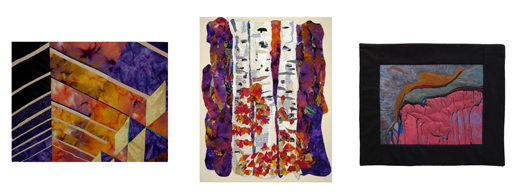
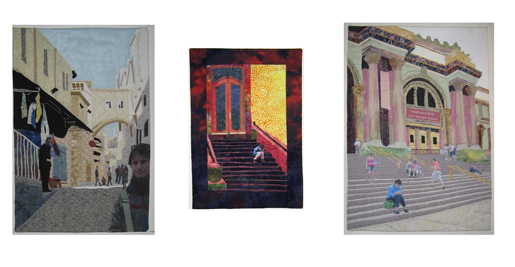
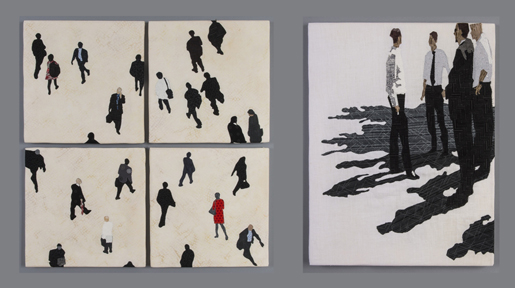




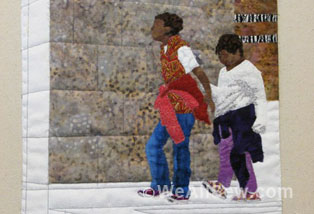
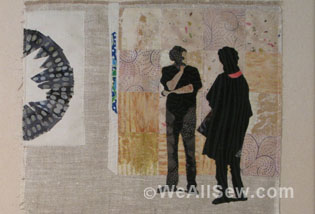
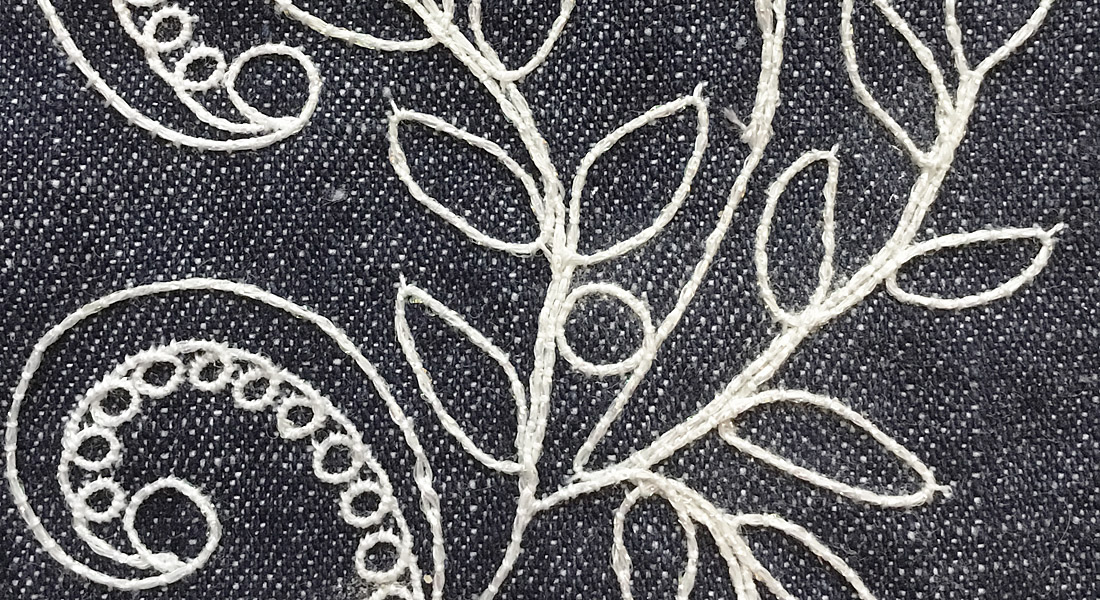
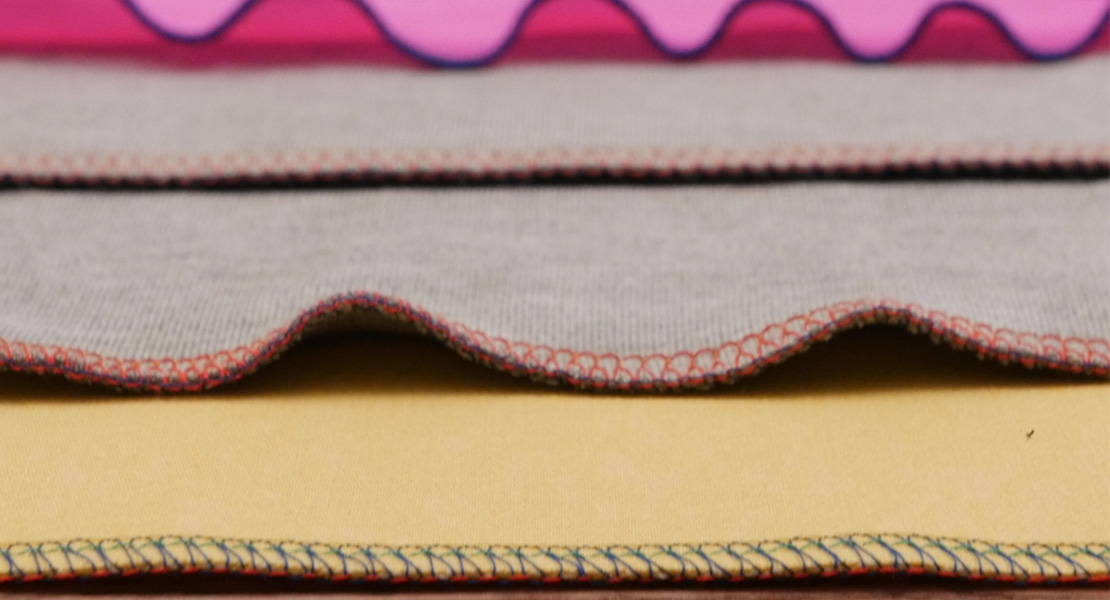
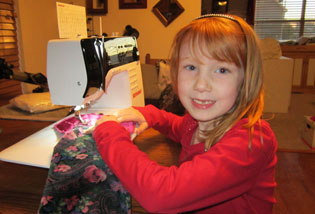

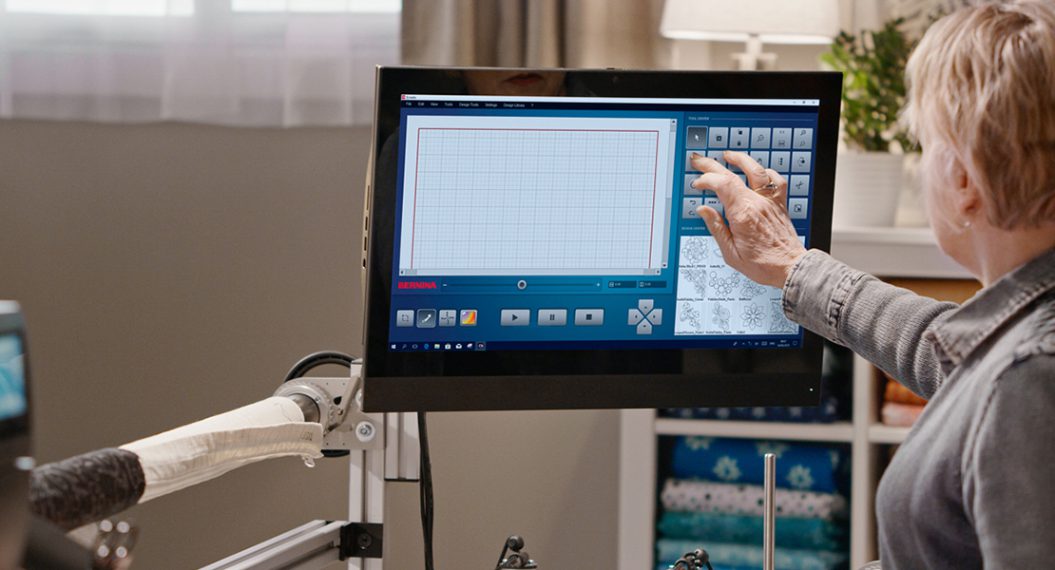
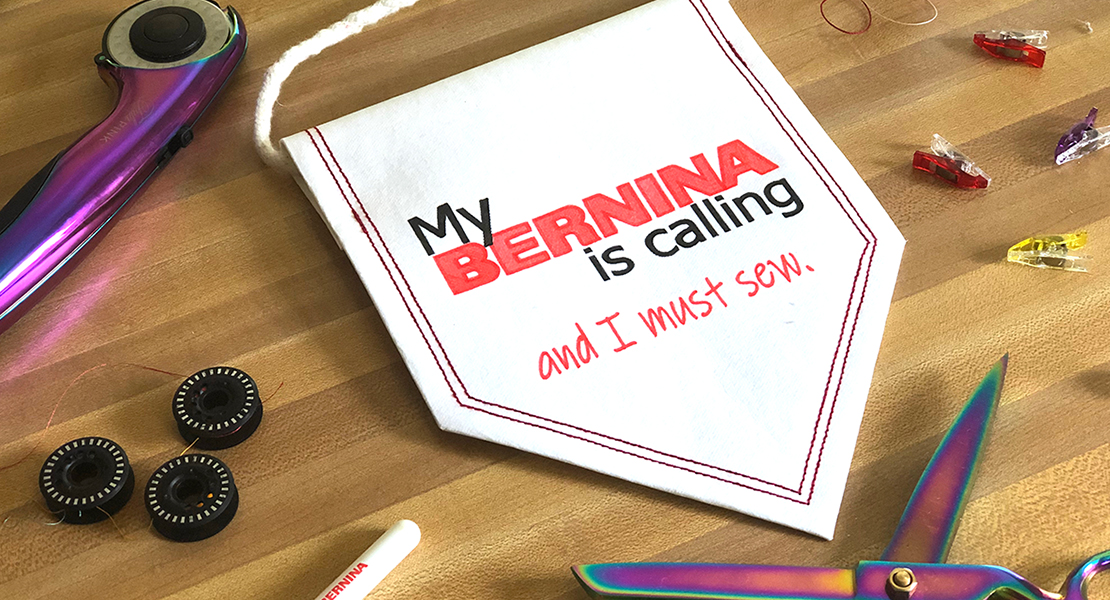
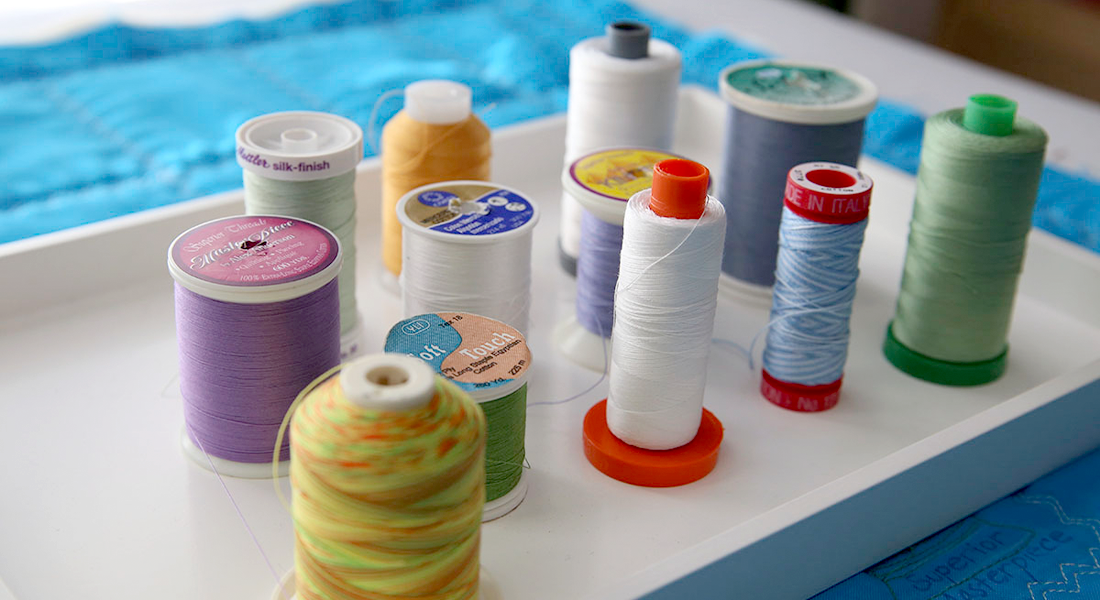
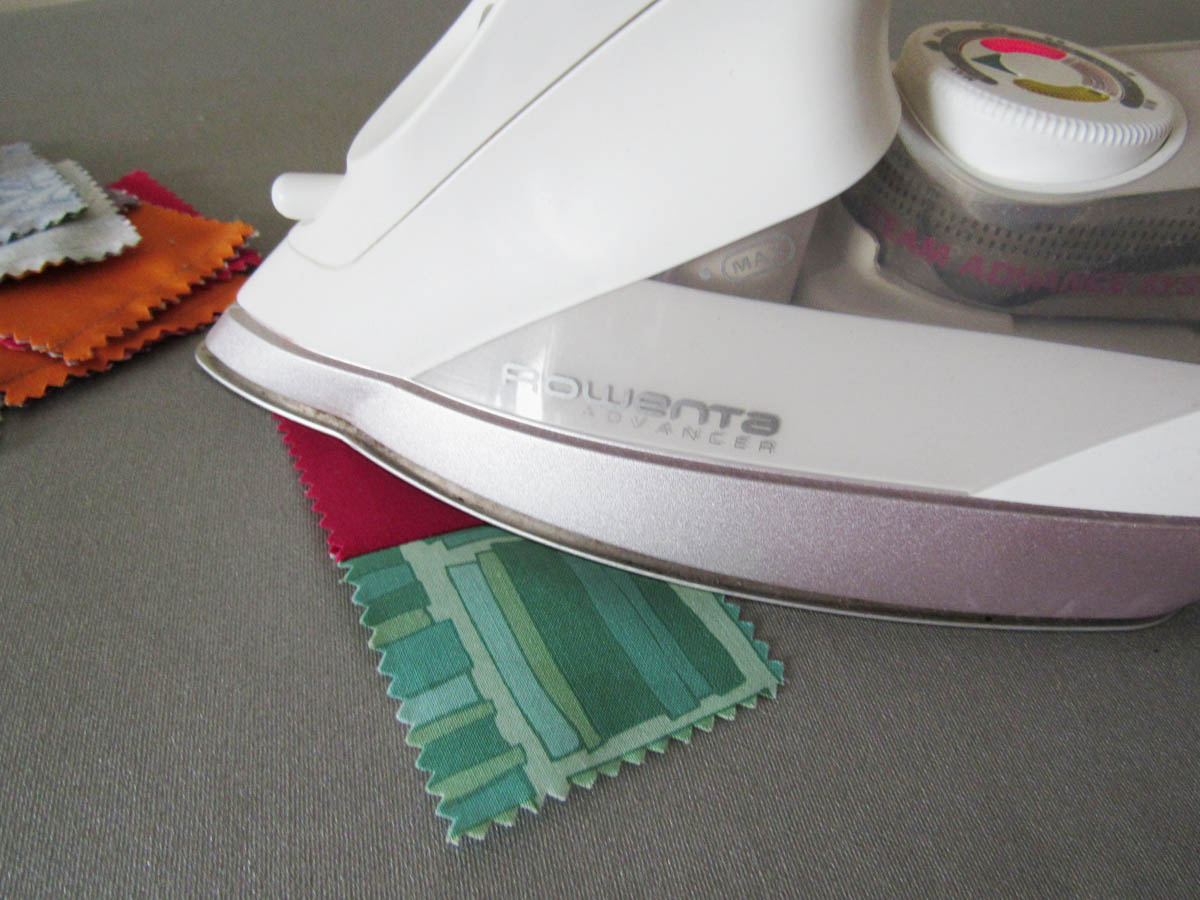
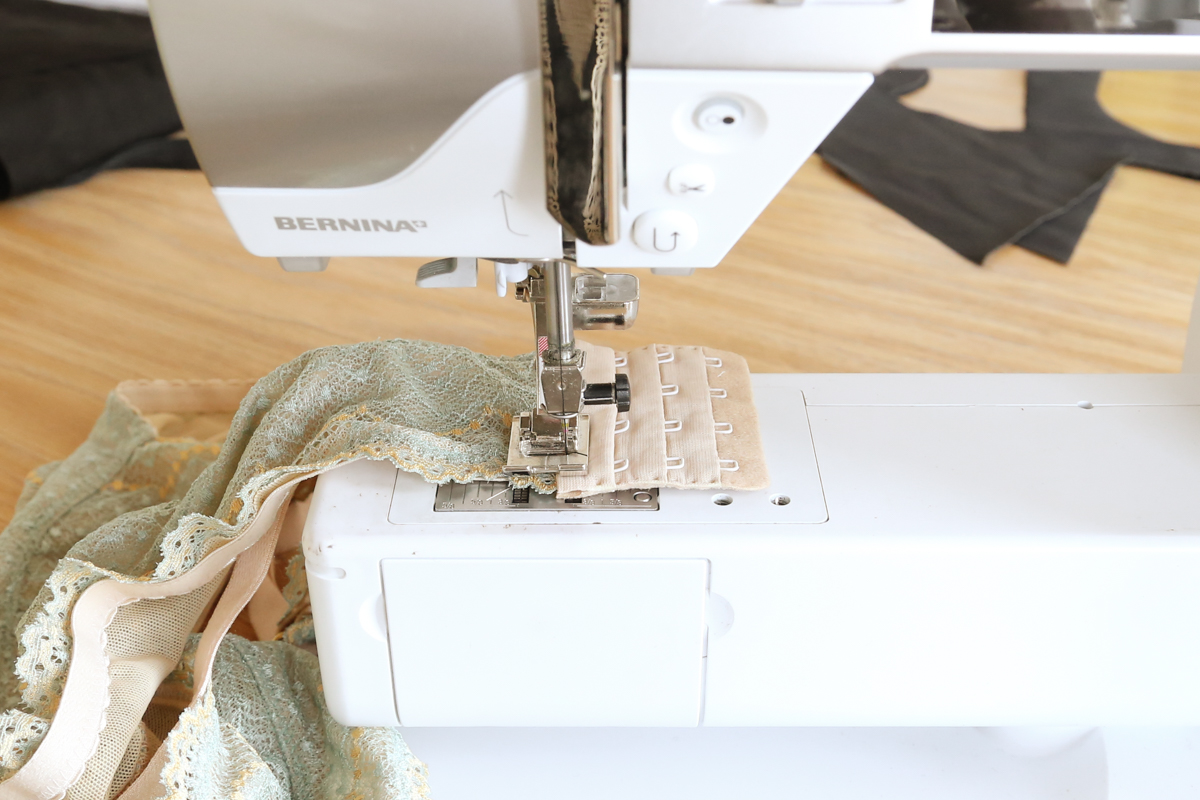
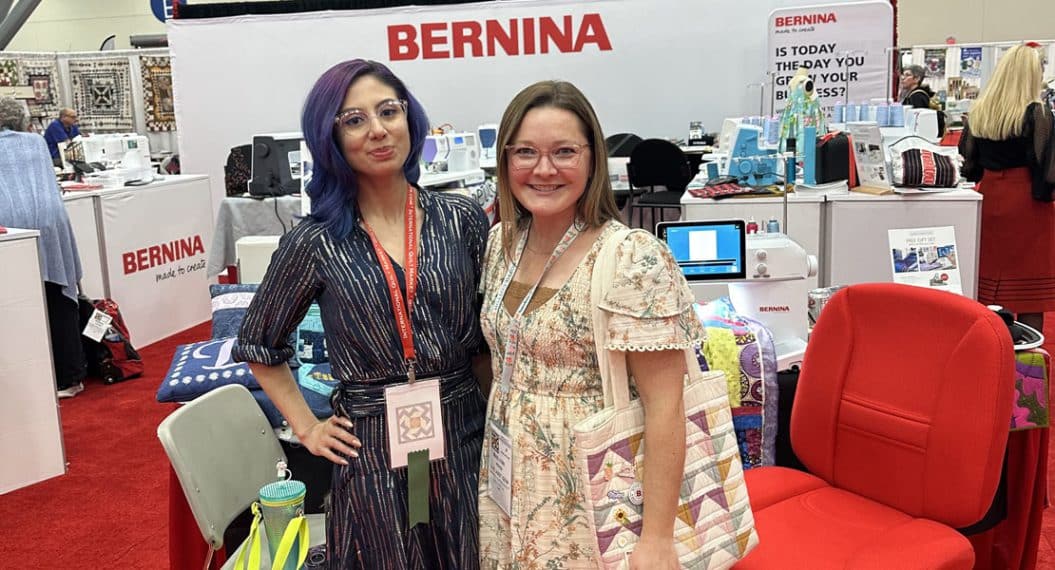
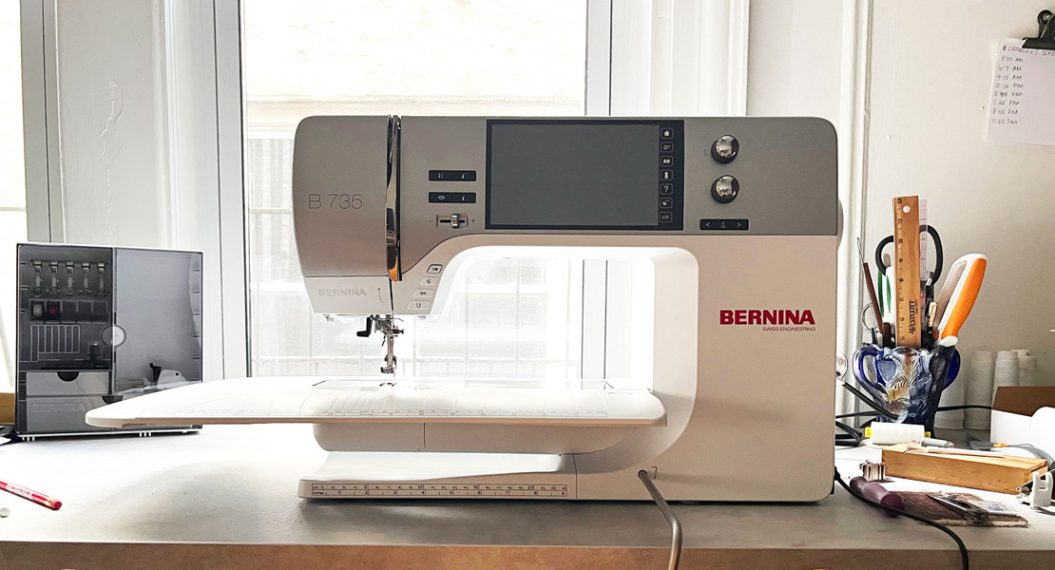
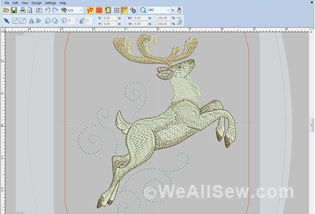
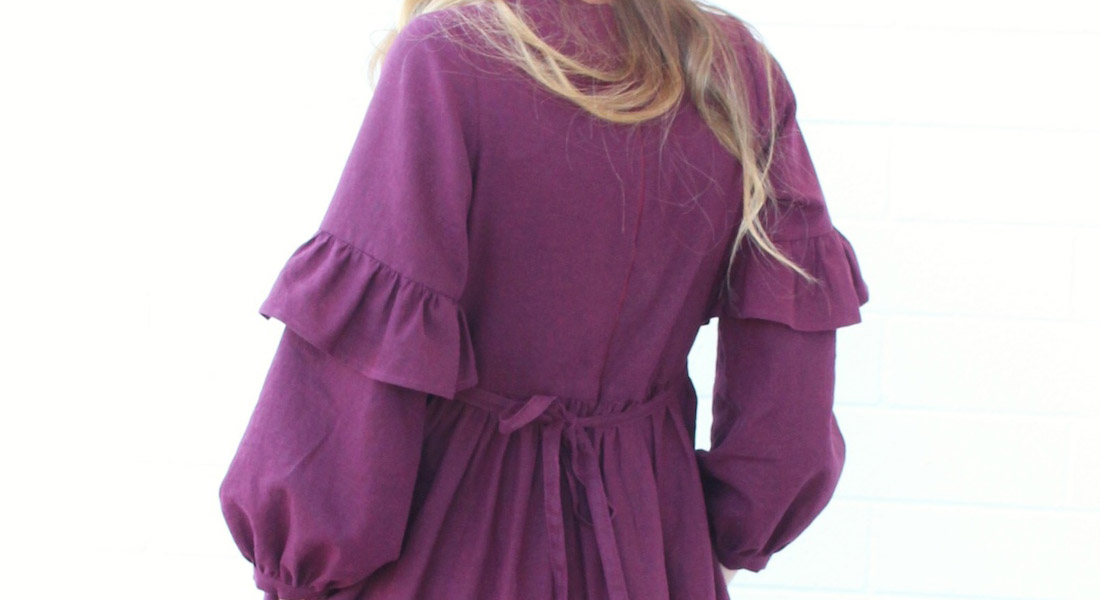
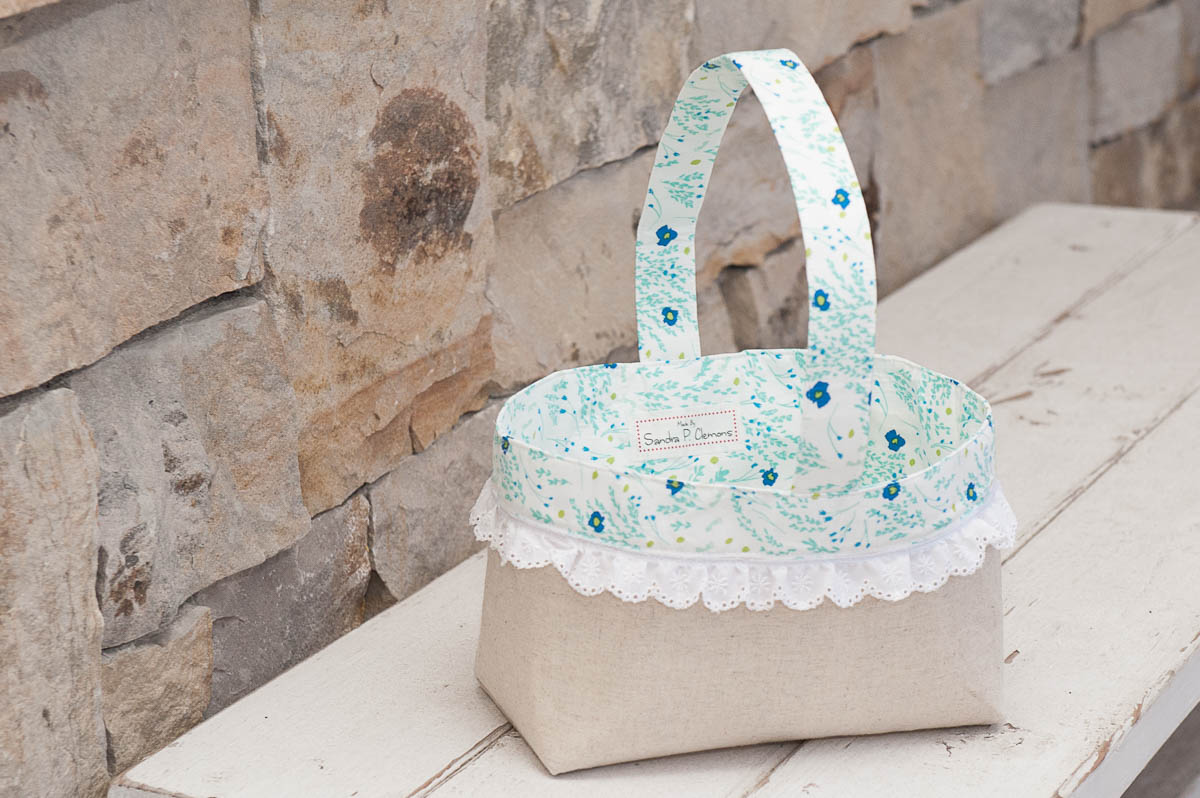
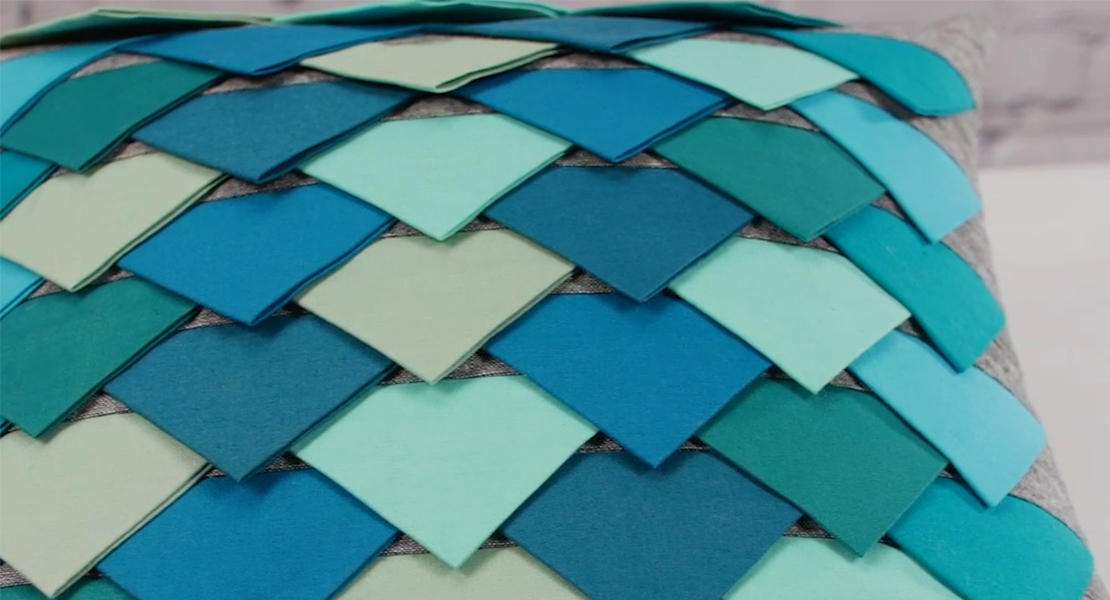
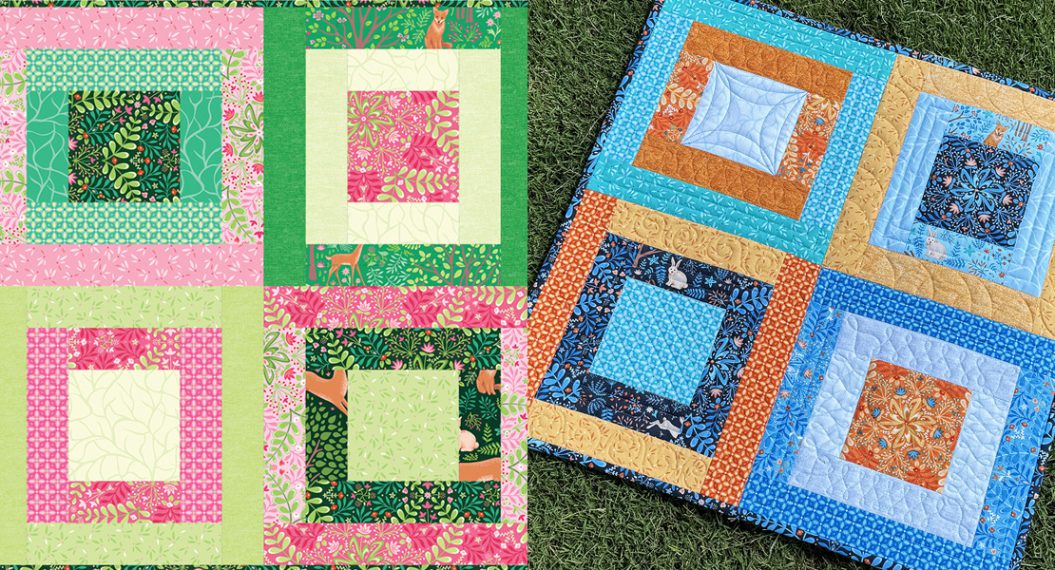
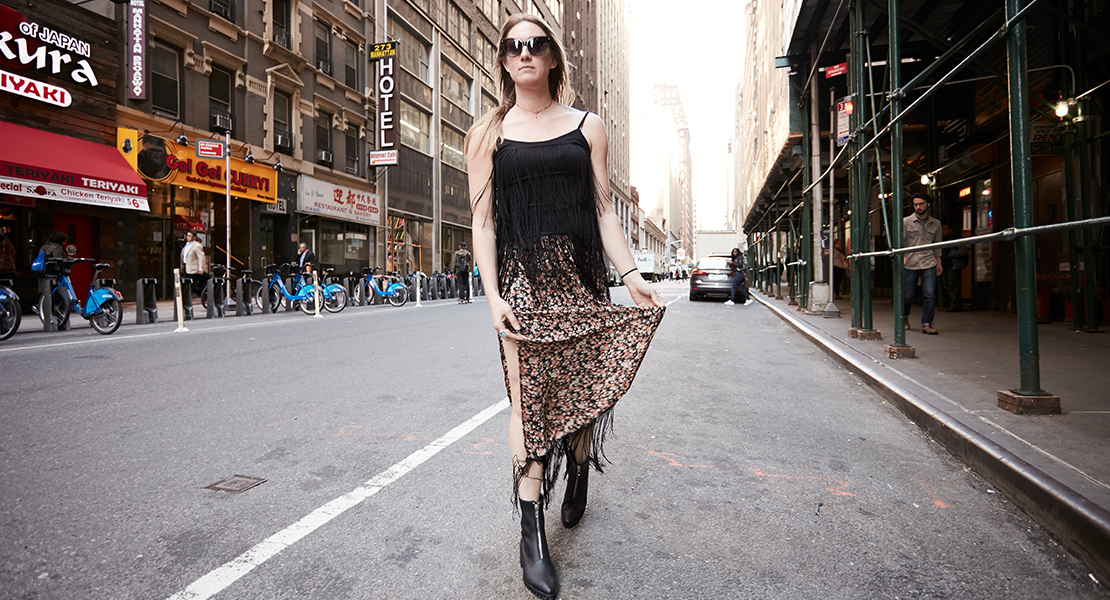
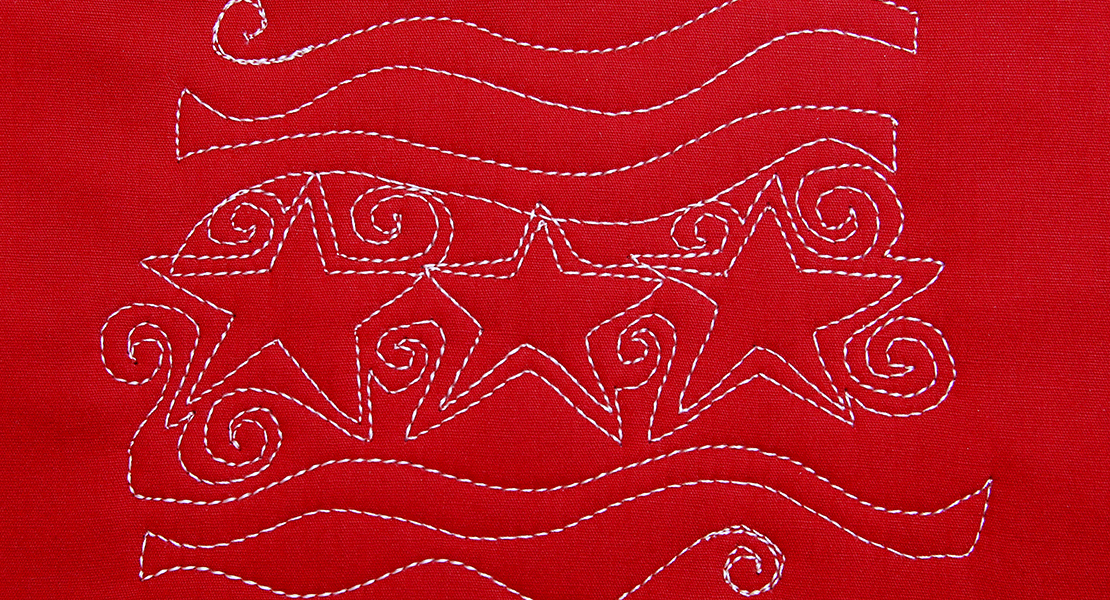
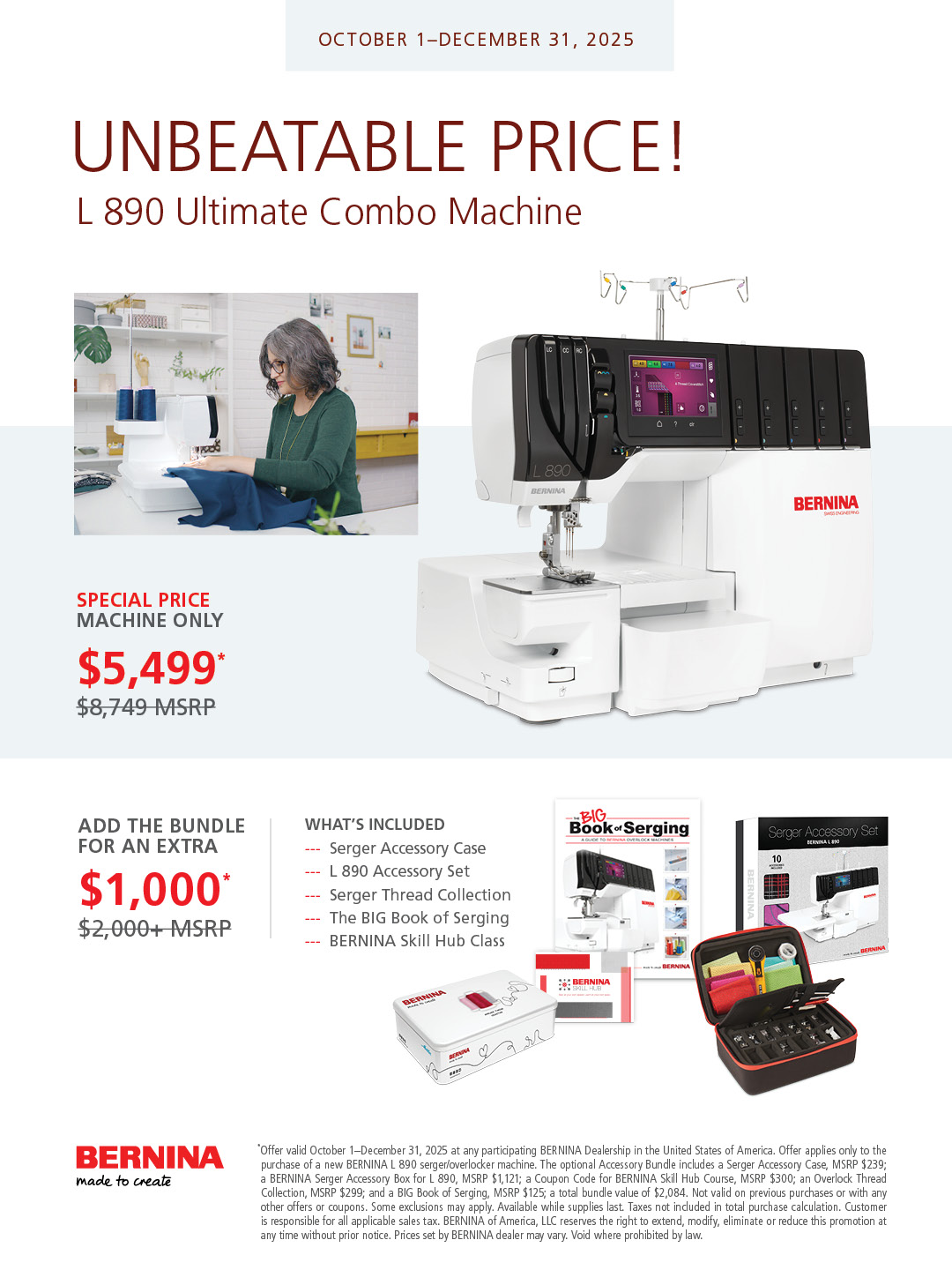
5 comments on “What is an Artist’s Voice and How to Find It”
great article, Leni. Well written and clearly showinig “finding voice” and what that term encompasses